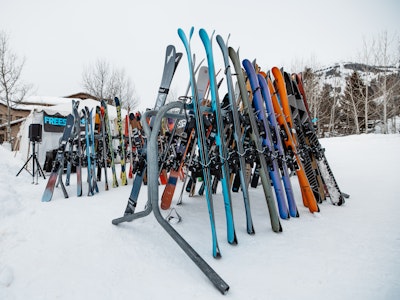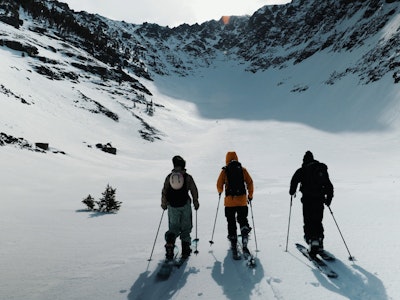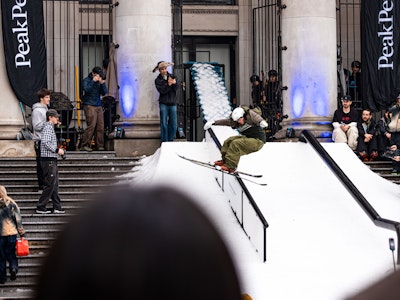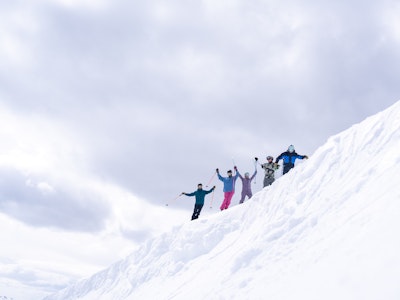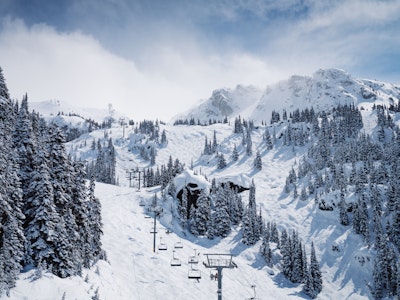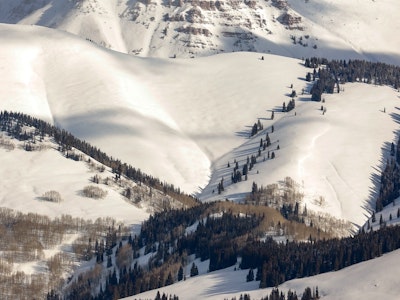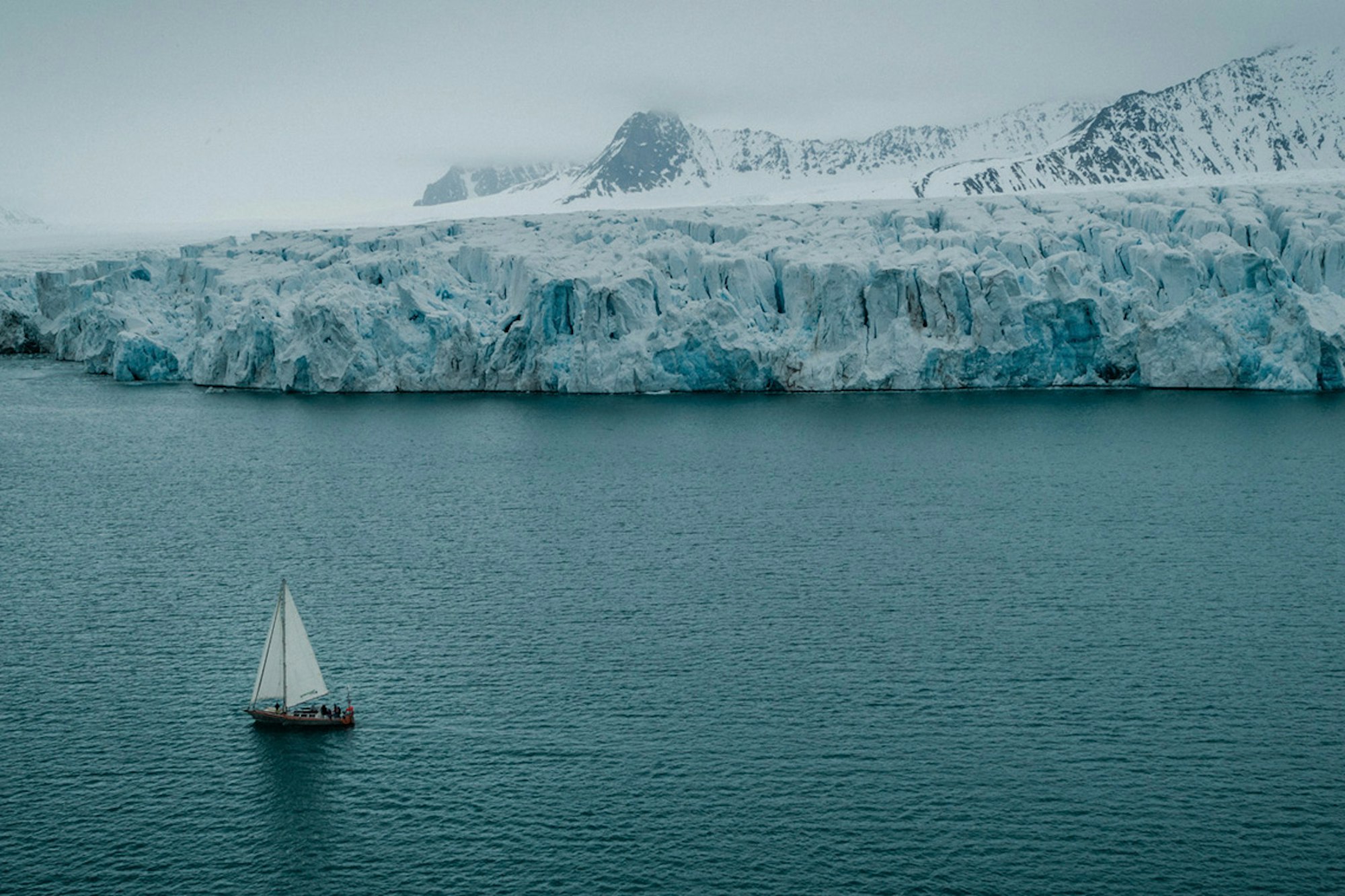Britt Ziebell on the 79th Parallel
WORDS • BRITT ZIEBELL | PHOTOS • WES WALKER
I grew up spending Friday nights packing the family’s Volvo station wagon with ski boots and board games, and heading north passed the Old Man on the Mountain to a chalet at the base of Mittersill, NH. Snow blew through the light switches and the walls would flex from southern winds, but it housed us minutes away from the hill for eleven winters. Soon, weekend trips with the family transitioned to ski camps, and the packing list grew longer with items like my passport and shin guards. I’d bus tables all summer to afford training camps in Chile with my Burke Mountain Academy classmates. By college, Thanksgiving break meant requesting permission from my professors to skip class and chase early season snow with my teammates above 8,000ft.
Fast forward to December 2017: my days of competitive ski racing had come to what felt like an abrupt and anticlimactic end three years ago, and my ski bag sat dusty in my garage in Jackson. I was meeting up with Shelby Dyer for a drink. She’d grown up competing as a freestyle skier, so naturally the all-too-familiar, two-beer scheme of the ultimate ski trip took form. We called up Anna Marno, who’d recently retired from eight years racing on the World Cup and pitched our idea: a trip like we’d never been on before, our first true backcountry expedition. During the following weeks, the three of us opened up work calendars, semester schedules and bank accounts in an effort to figure out how to make it happen until finally, it was a collective green light.
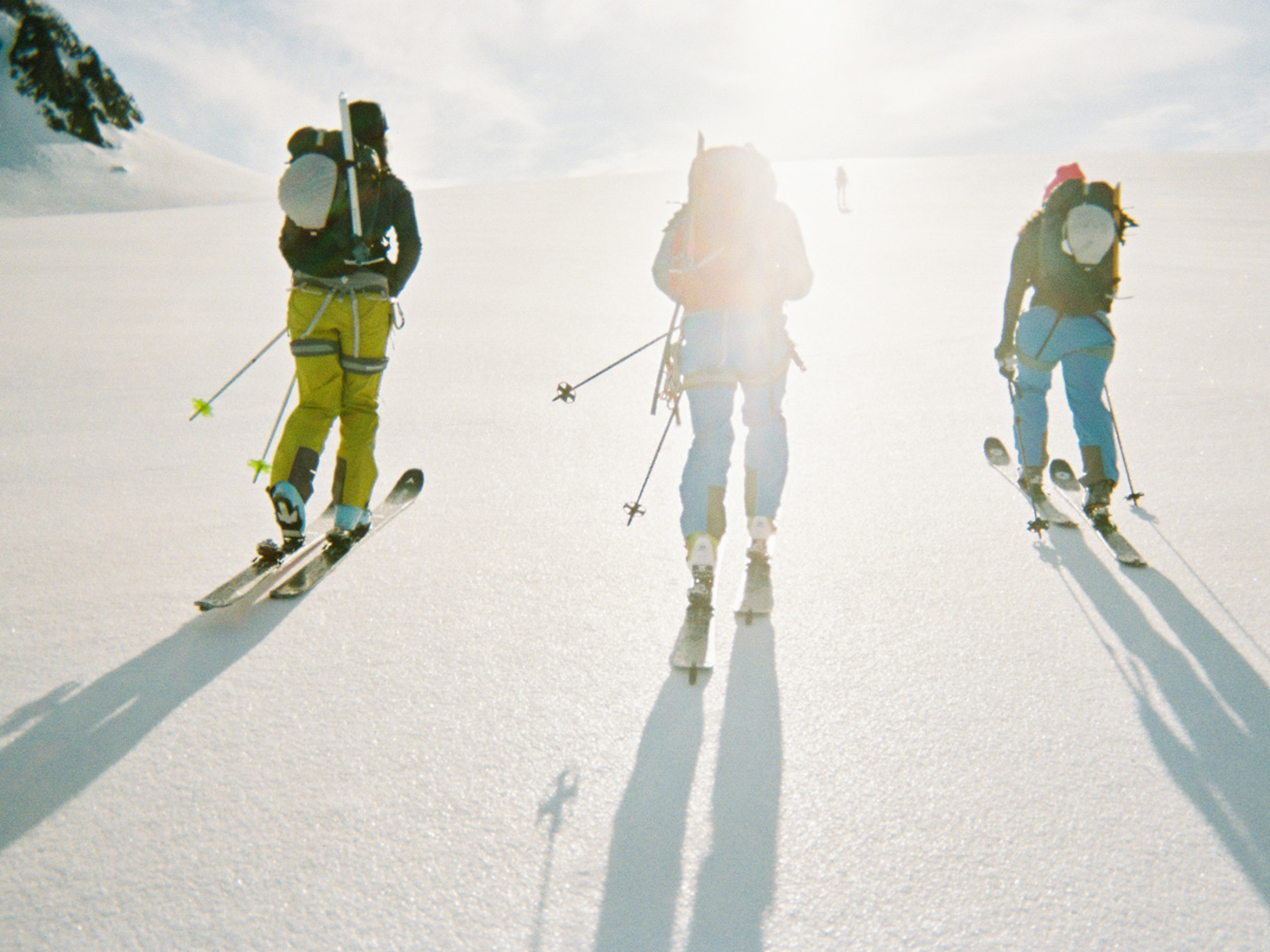
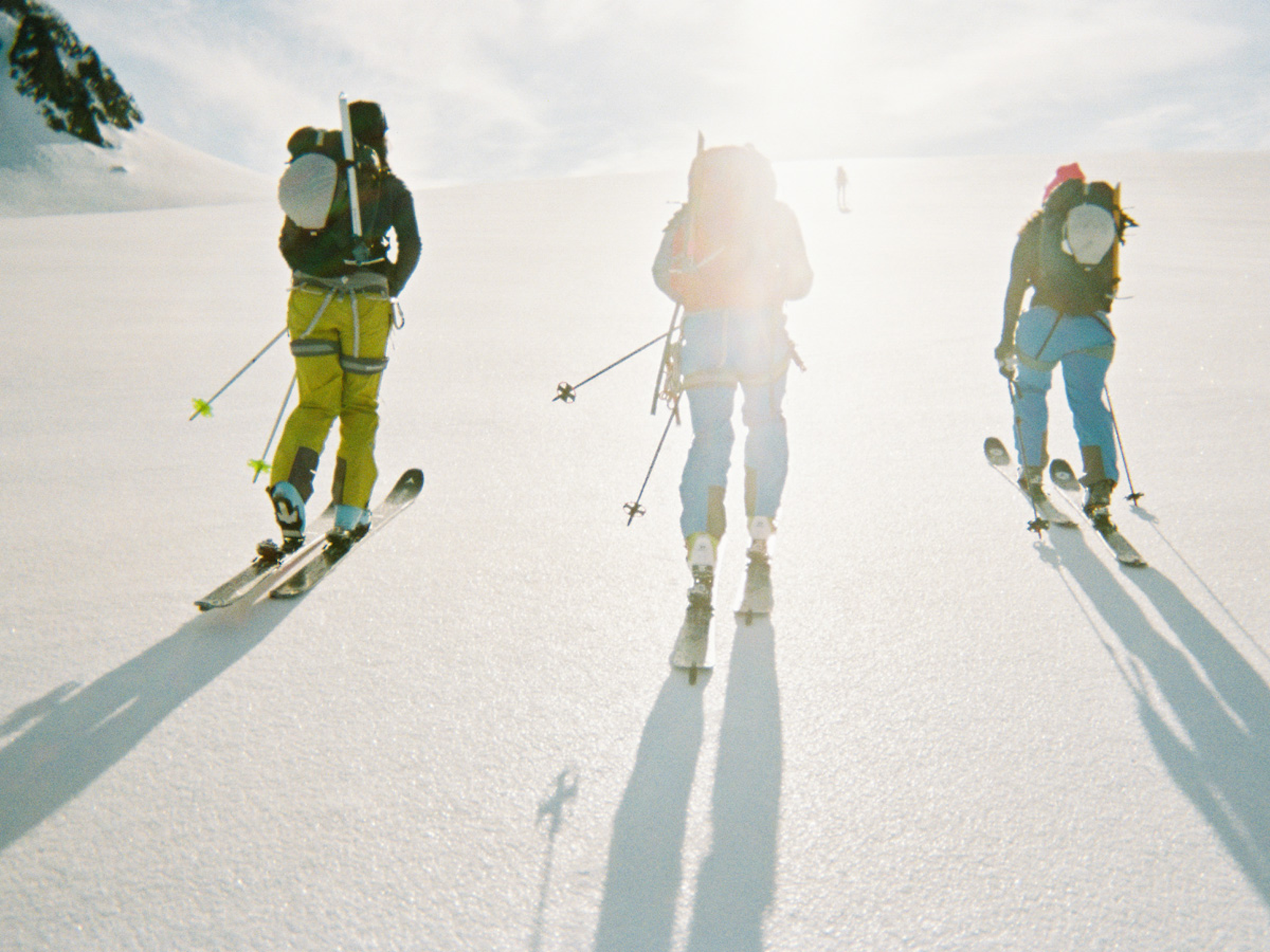
After three days of travel, layovers in Amsterdam and Oslo, and a flight on a small plane across the Barents Sea, I dragged my XL duffel down arctic dirt roads, across a floating dock and onto a 50-foot sailboat. Shelby, Anna, Jessica Baker, Wesley Walker, Captain Ben and I had all just met and I discovered my bedroom was three feet of “standing space” under the bow of the boat. By standing space, I mean I was on my feet but bent over at almost a 90-degree angle. I was reluctant to admit to myself that I was already battling queasiness and claustrophobia on the docked boat as I unpacked and navigated the tight space below deck for the first time.
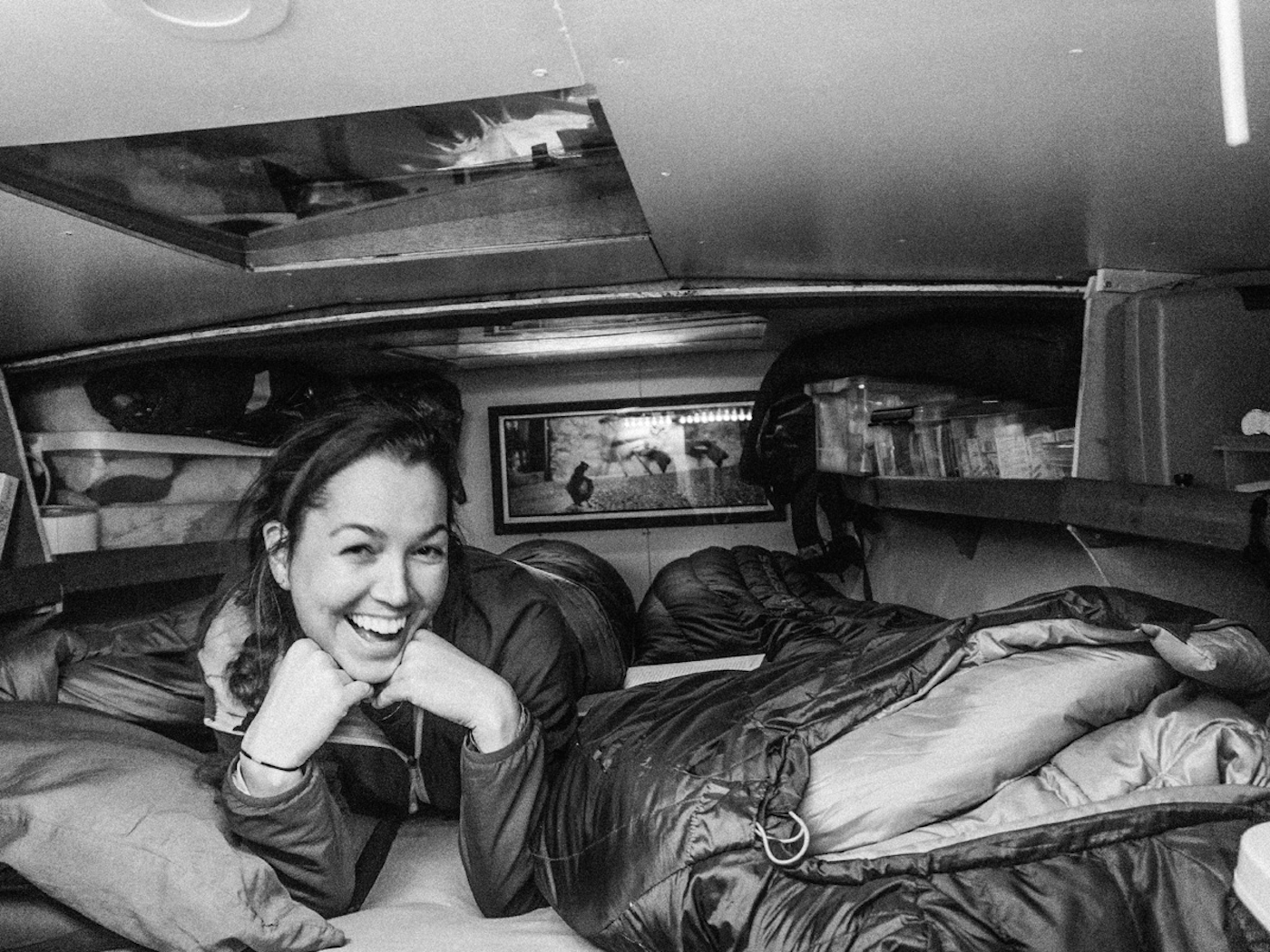
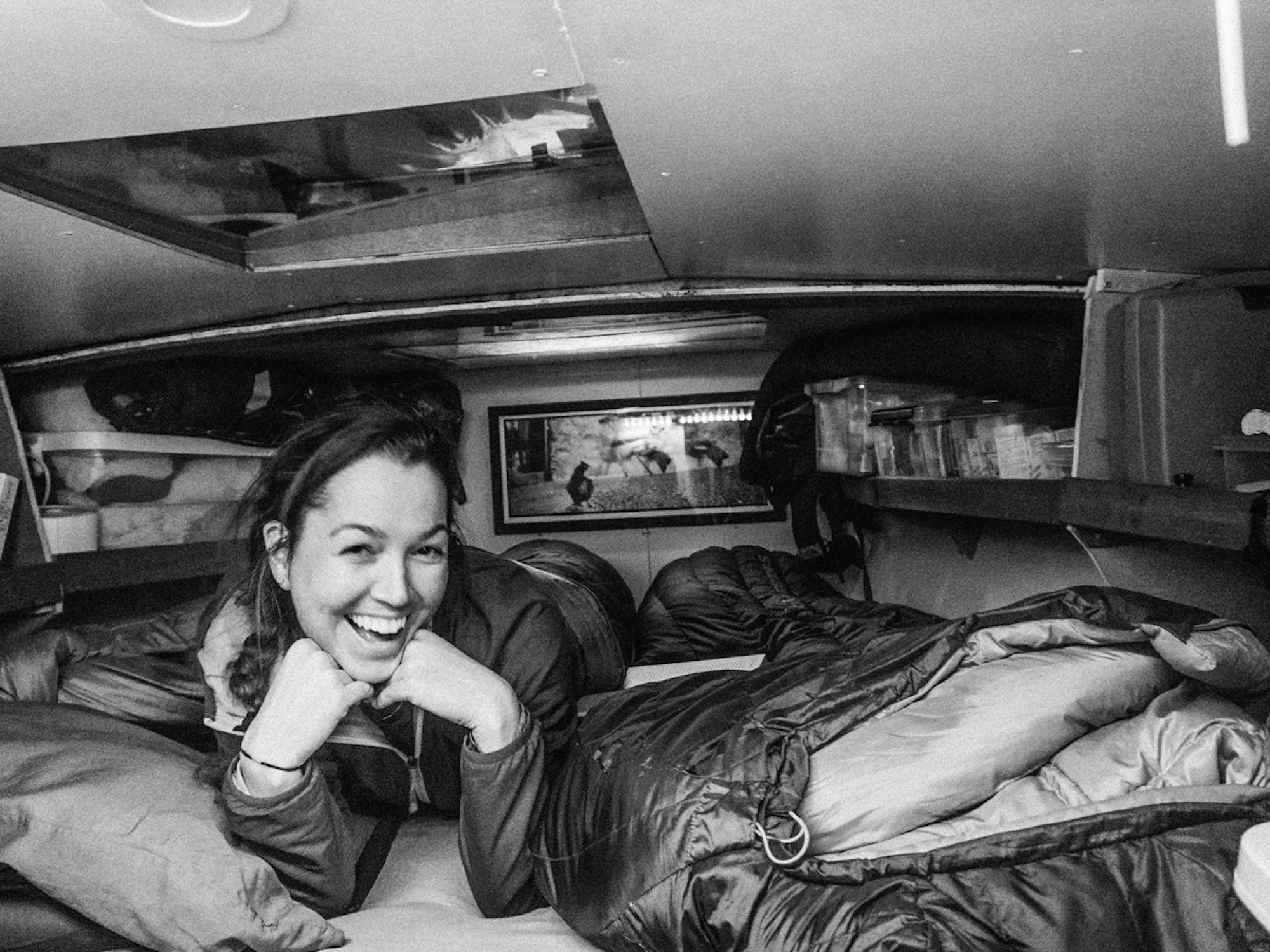
By late morning, we were sailing. Captain Ben forbade any of us landlocked, Wyoming-ers to consume apples or coffee for breakfast; anything acidic risked seasickness and we’d have hours of swells to cross as we headed north. We sailed through our first night, though “night” is a relative term when the sun never sets and you’re listening to all the items you’ve tucked snuggly away crash down and roll around the floor of the cabin. Even Anna took a spill when a swell knocked her onto the floor without time to pull her arms out of her sleeping bag. She landed hard next to me and I woke wide-eyed, unable to stop laughing until I became seasick again.
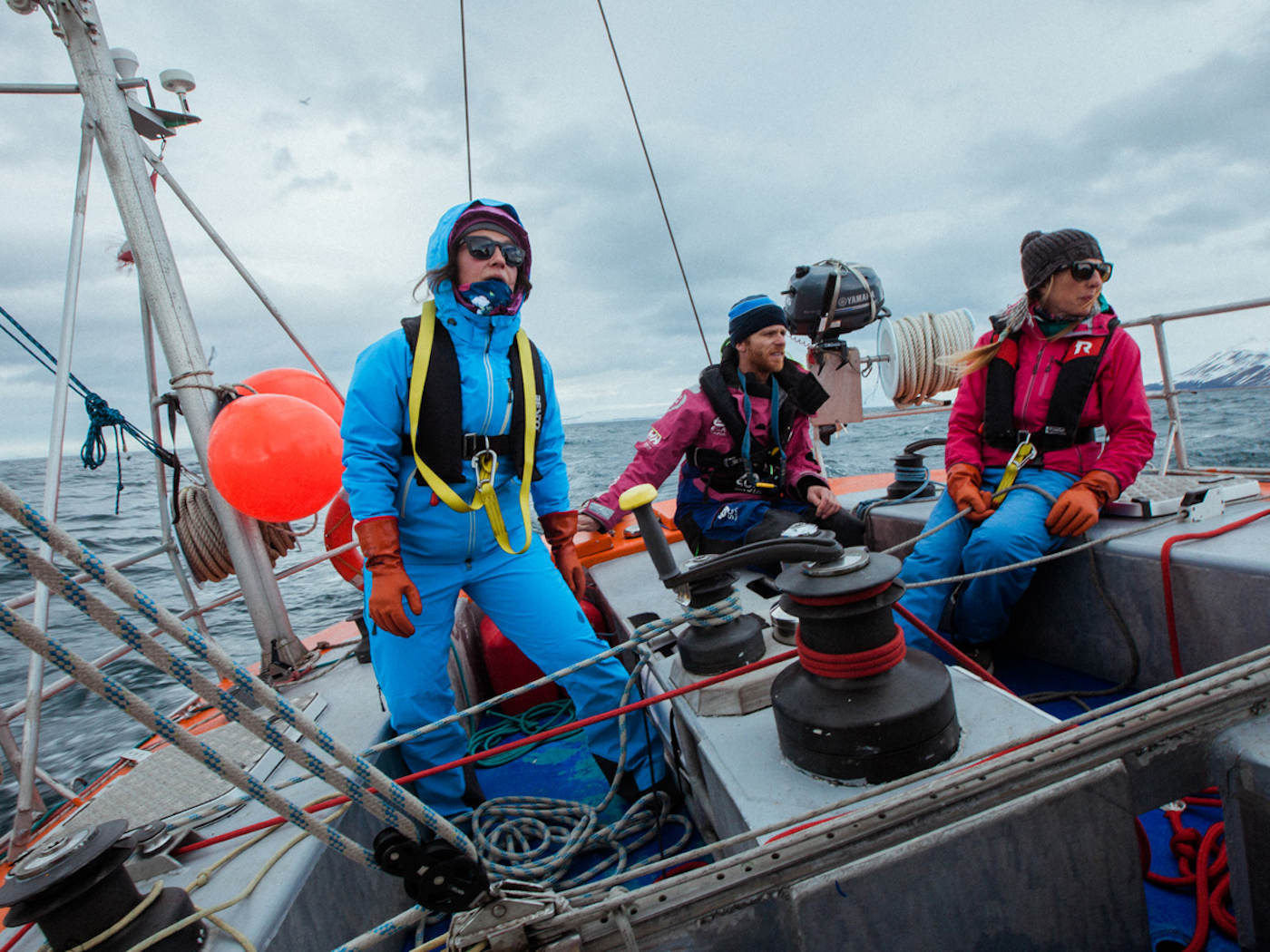
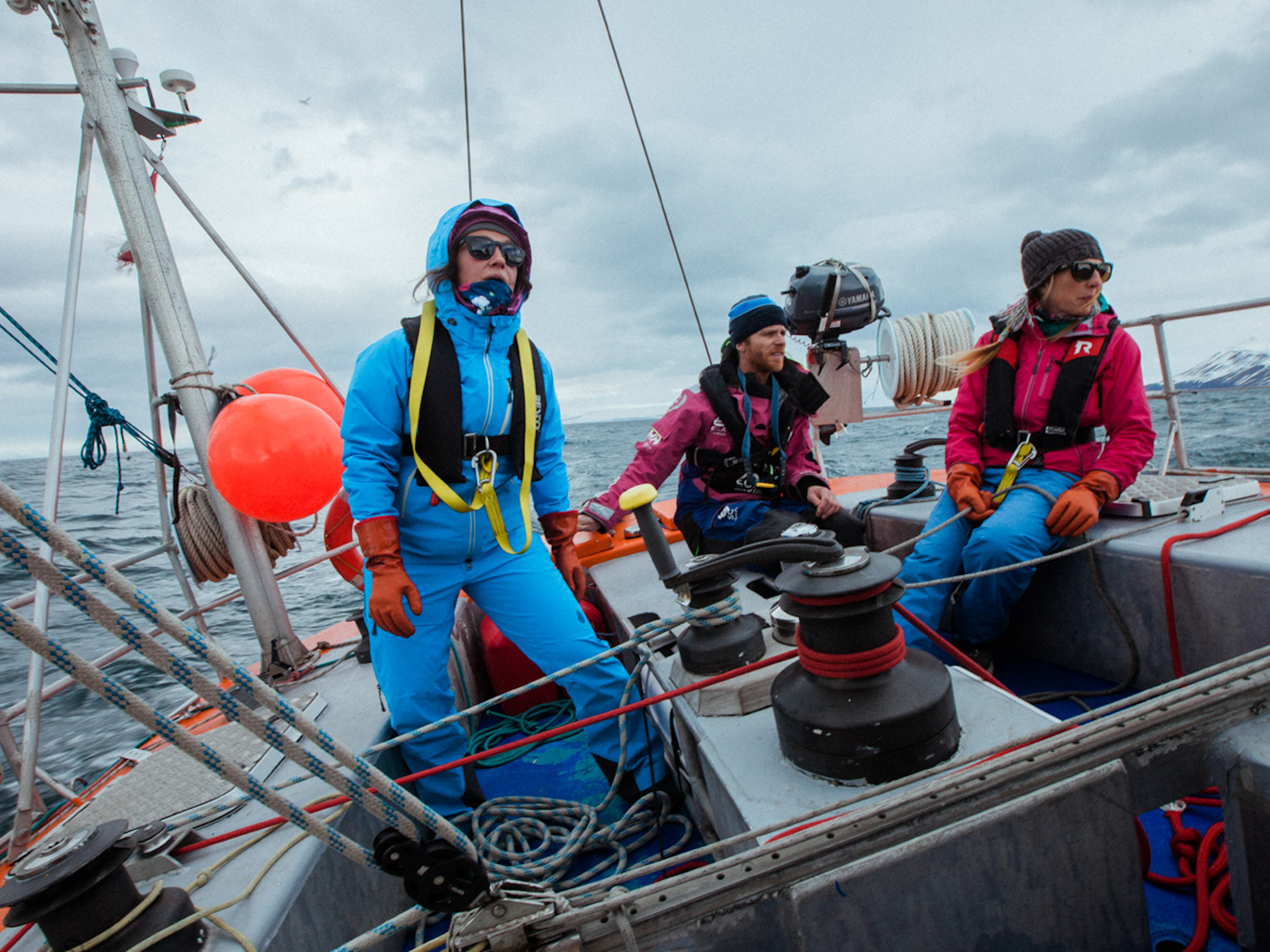
The next morning, we woke to the hum of the engine pushing the Knut through calm waters that reflected the surrounding mountains like glass. Tiny fragments of ice tapped against the aluminum haul and low hanging clouds lifted to expose an infinite blanket of glaciers and summit-to-sea couloirs. For the first time, I think we all understood why we were there and what the heck we were doing. A walrus on a nearby chunk of floating ice greeted us with a warm welcome, peeing all over itself just in time for us to all whip our cameras out.
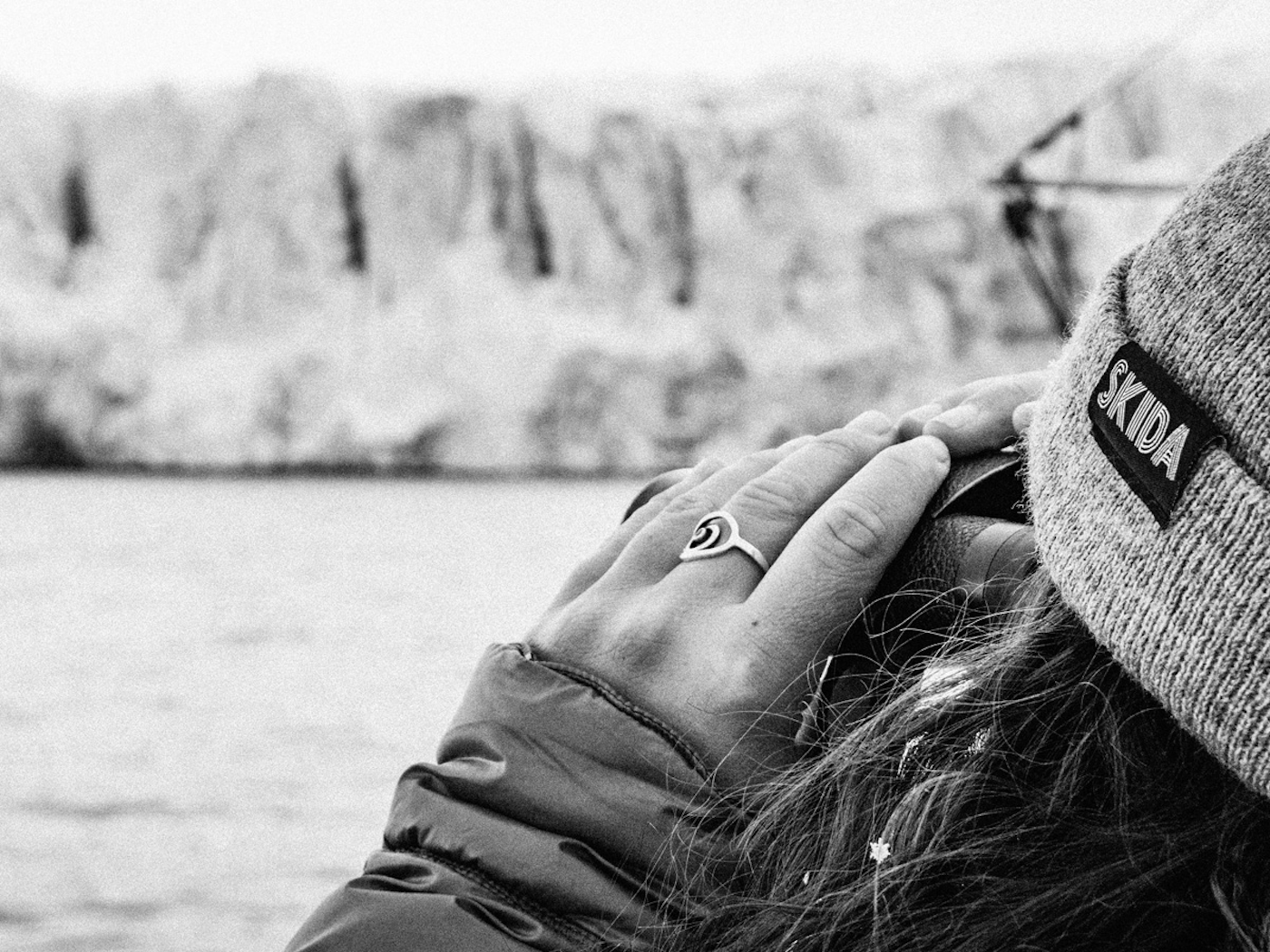
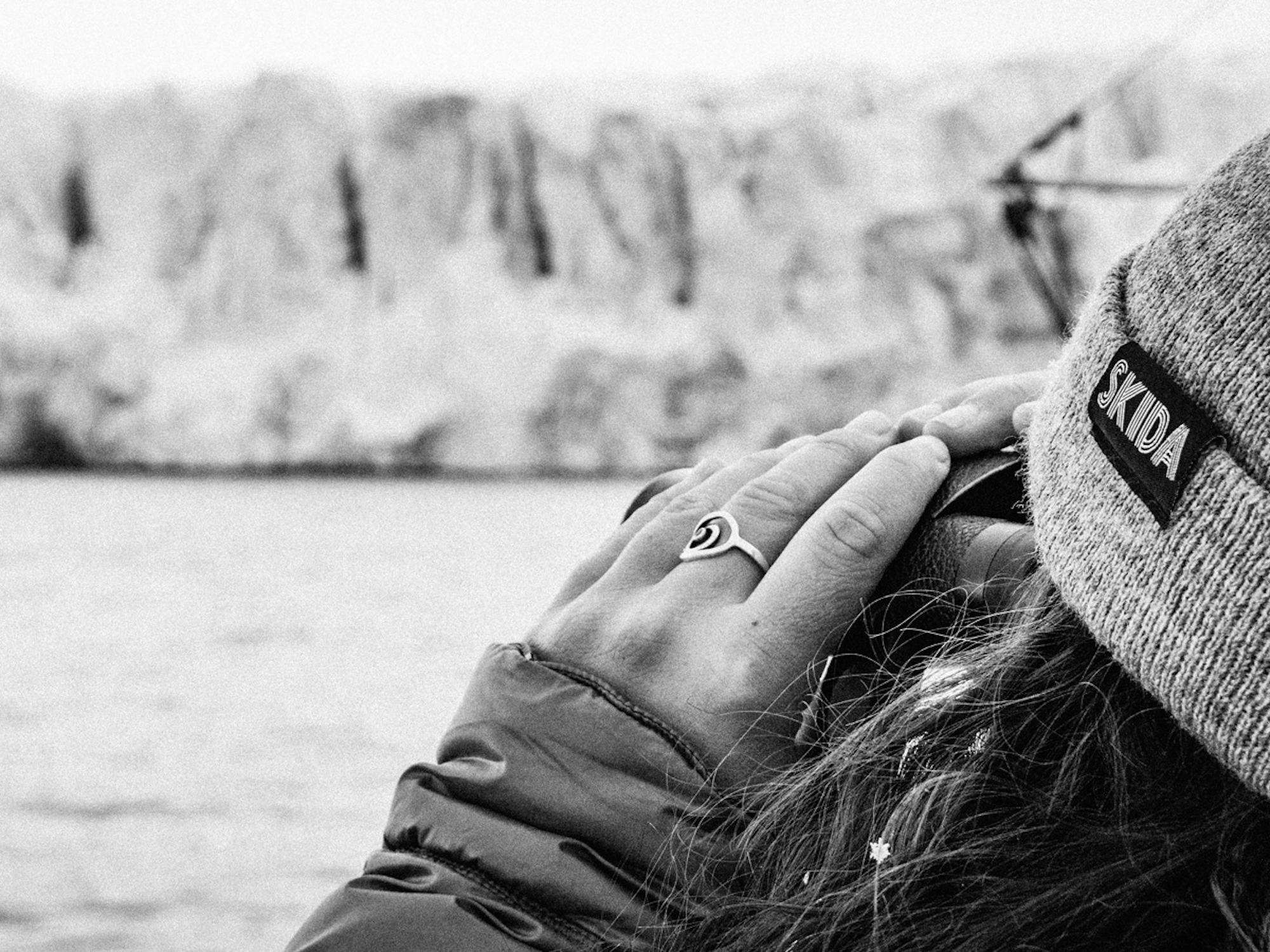
By the time we’d anchored, the crew was excited to ski. Finally, we would do something familiar and on firm ground. But our checklist now included a gun and pocket flares, and we rode an inflatable dingy to shore. If we accidentally punctured the dingy with skis, poles, ice axes, or crampons, the water below us was 38 degrees. I wish I could say our ski legs transitioned to sea legs, and that we learned how to gracefully maneuver from boat to land, but we usually grunted and rolled our way aboard the dingy and onto shore. We’d slip over rounded rocks in our ski boots and chuck our skis toward the snow.
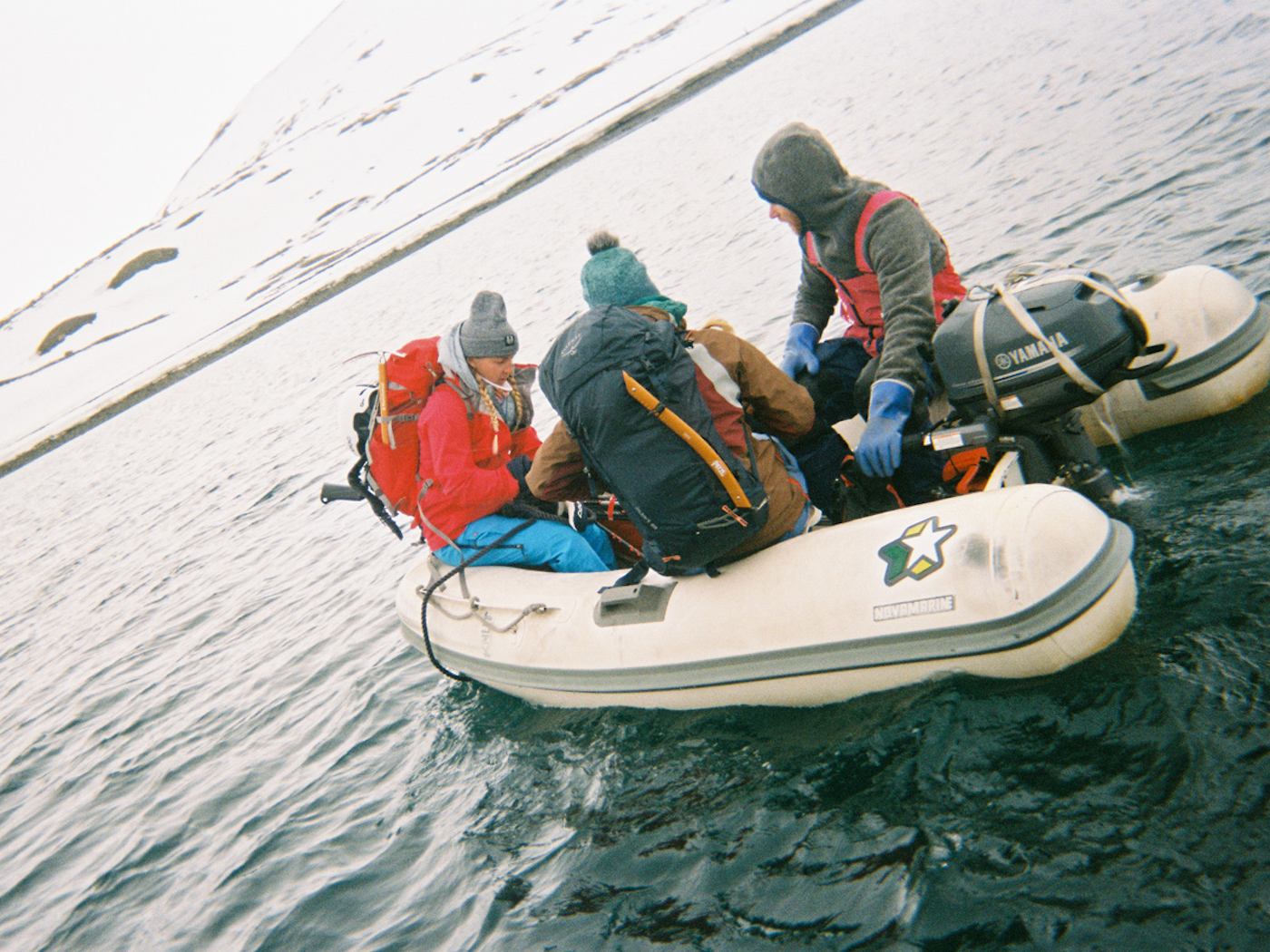
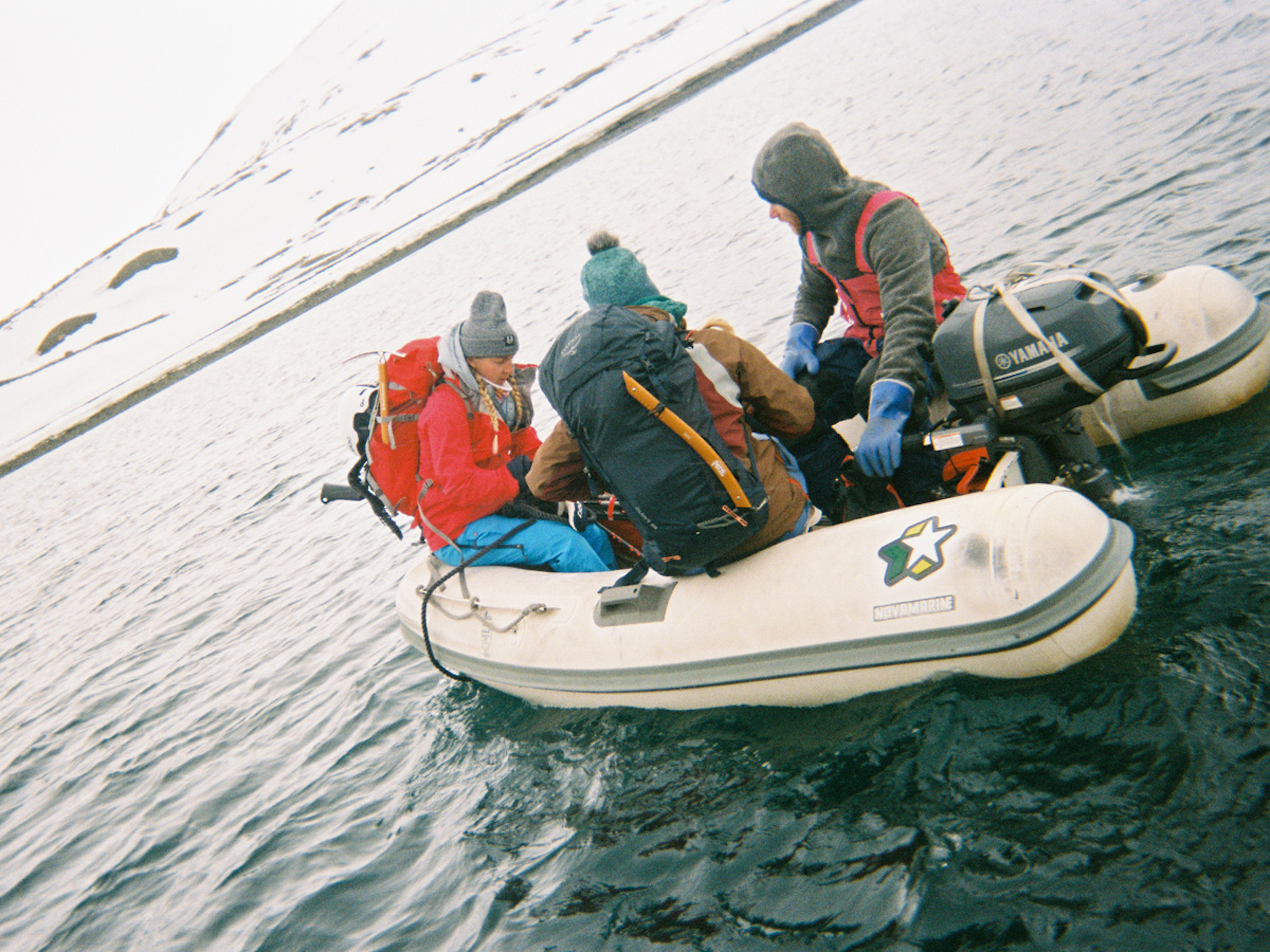
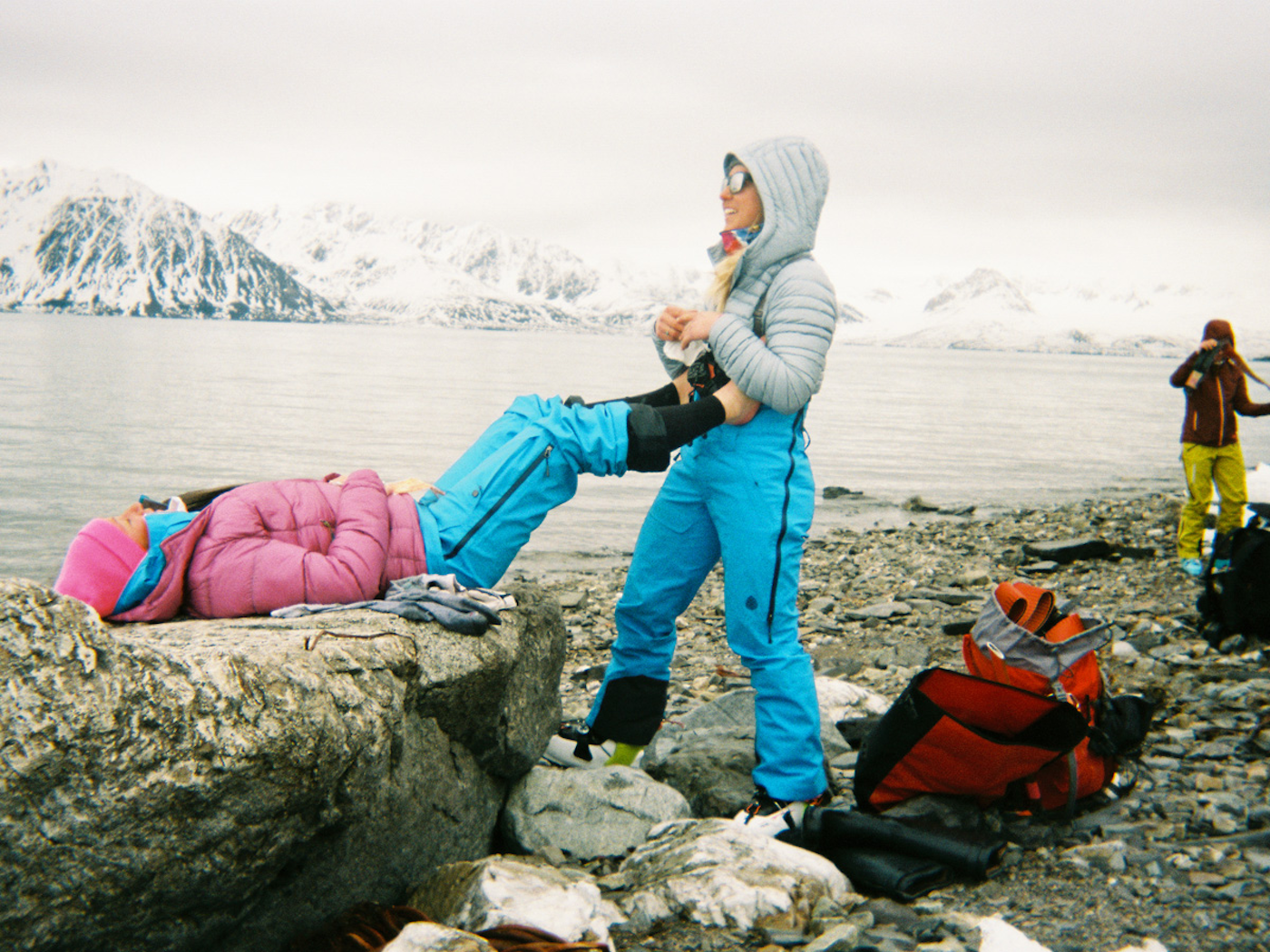
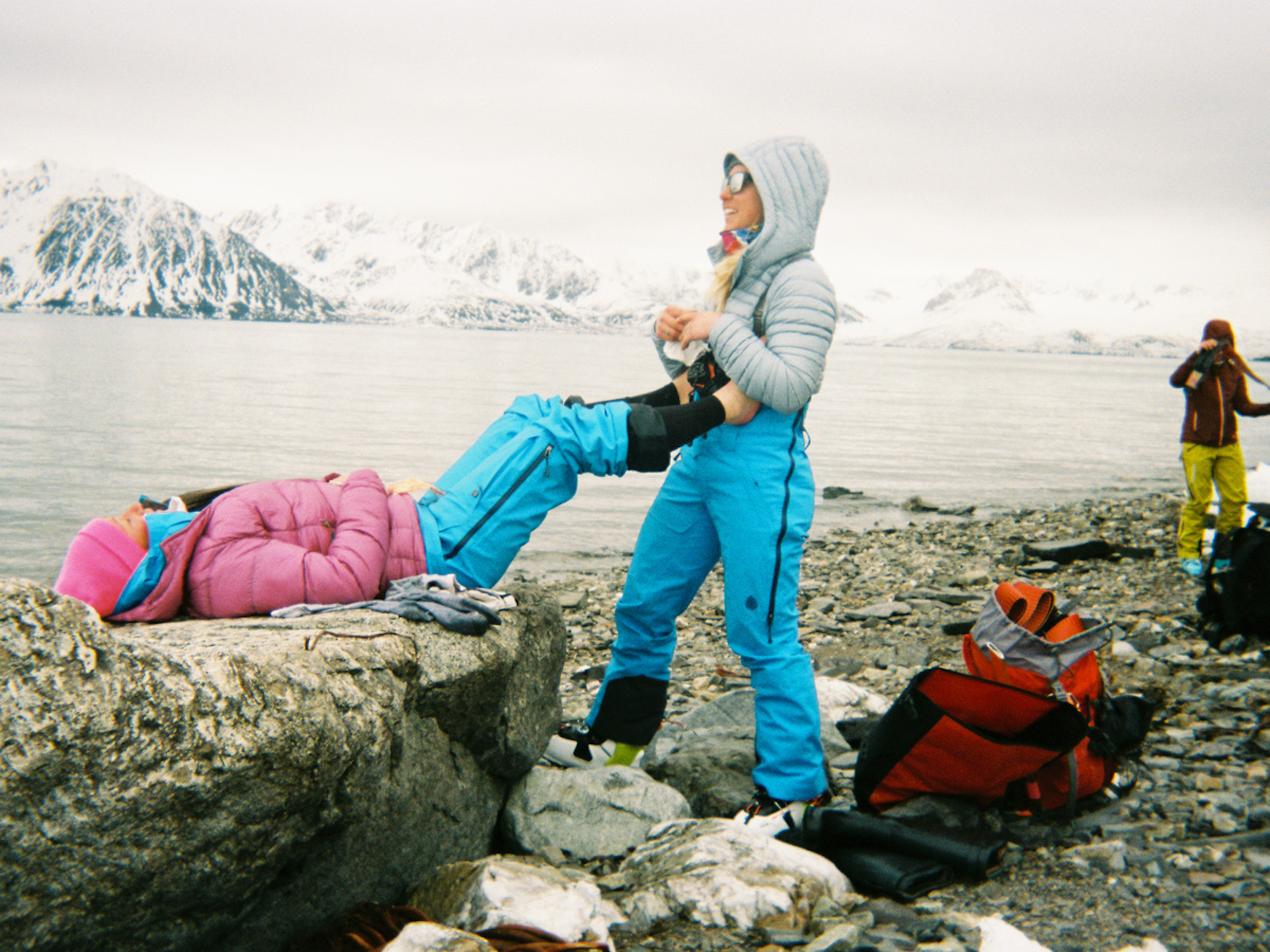
When you’re not in avalanche terrain, you’re in polar bear territory. Should a bear catch your scent from miles away, it would quickly follow the scent towards you. Plot twist: familiar, firm ground actually wasn’t very familiar. So, we’d hustle our way up above glacial moraines until we were distanced from the shoreline, then begin to poke at the snowpack or glacier under our feet. I can still hear the sounds of the probe hitting the ice, our scraping crampons, the Arctic Auks circling the cliff bands above, and the occasional rumble of calving glaciers. The air was heavy and humid. It whistled across the landscape just like in the movies about the North Pole and played tricks on our eyes with bursts of white movement. Everything was so raw and untouched. Maps of the region hadn’t been updated in years. According to our GPS, our boat was anchored on a glacier, but global warming impacts the landscape faster than maps can be updated.
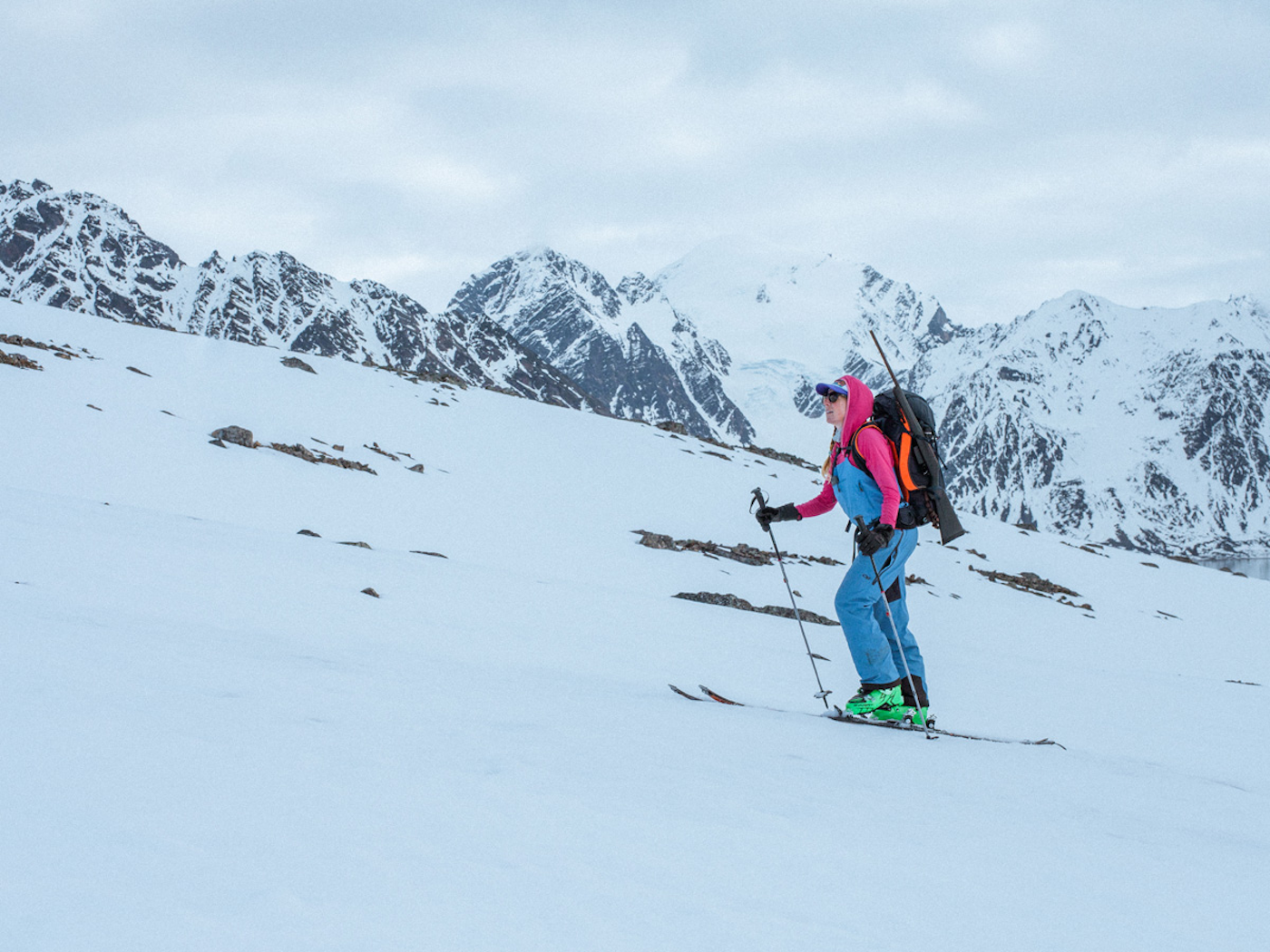
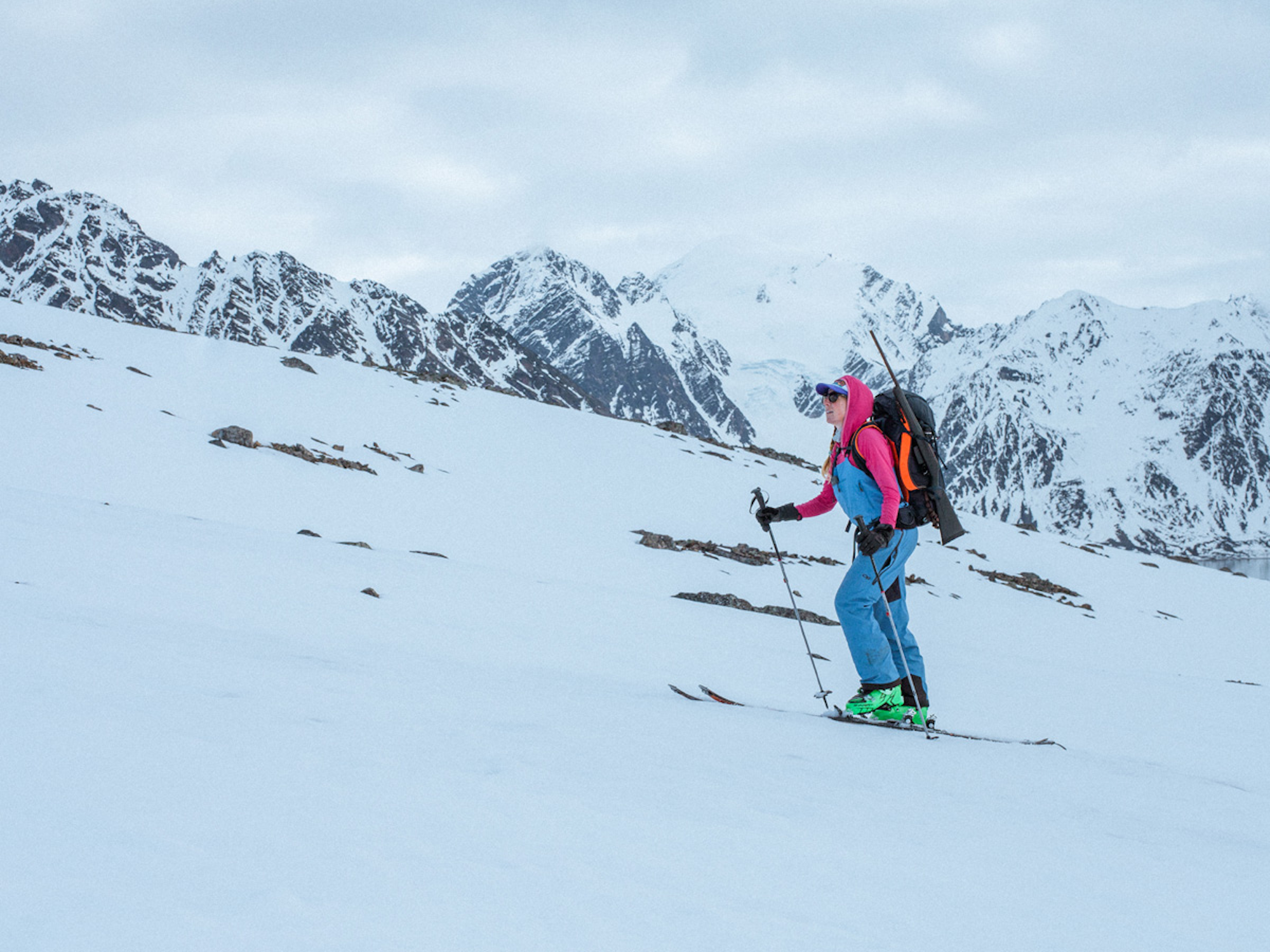
Within a few days, our group began to settle into the rhythm of life at the 79th parallel. We learned the fastest way to leap towards melting puffies near the wood stove, kickturns included a new verse to our ongoing rap song, and with practice we could tie crevasse rescue knots behind our backs. We summited unnamed, ice capped peaks we’d stared at from the boat and sometimes turned around, calling it off. But we celebrated every descent with high fives and Norwegian pilsners. We laughed at ourselves as we grunted and squawked, deliriously figuring it all out together and probing our way along as a team.
Two weeks ago, and a year after the idea of our trip was dreamed up, I met up with Anna and Jessica for a drink in Jackson. As we sipped beers and wished each other a Happy Holiday, we fell into a group cackle about a failed ascent in the Wind River Range this past summer. Anna, Shelby and I had planned a “Norway reunion” in which we’d summit Gannett Peak and finally get back on a glacier for the first time since Svalbard. Well, we didn’t summit, we didn’t even come close. We did scope endless ski lines we had to return for, walking out with a longer objective than going in. We laughed about it over IPA’s and sighed with a “next time.” Jessica paused and offered her opinion that we’d learned more turning around that day, wide-eyed, sore, and exhausted than any successful summit, “just like in the Arctic,” she added. Call us creatures of habit, but exactly a year later there we sat scheming up the next opportunity to chase winter…this time a bit closer to home.
This article originally appeared on Skida.com as an exclusive blog post. Since the story was so damn good, we decided to put it on our site. If you want to see more stories from Skida’s ambassadors, click here.

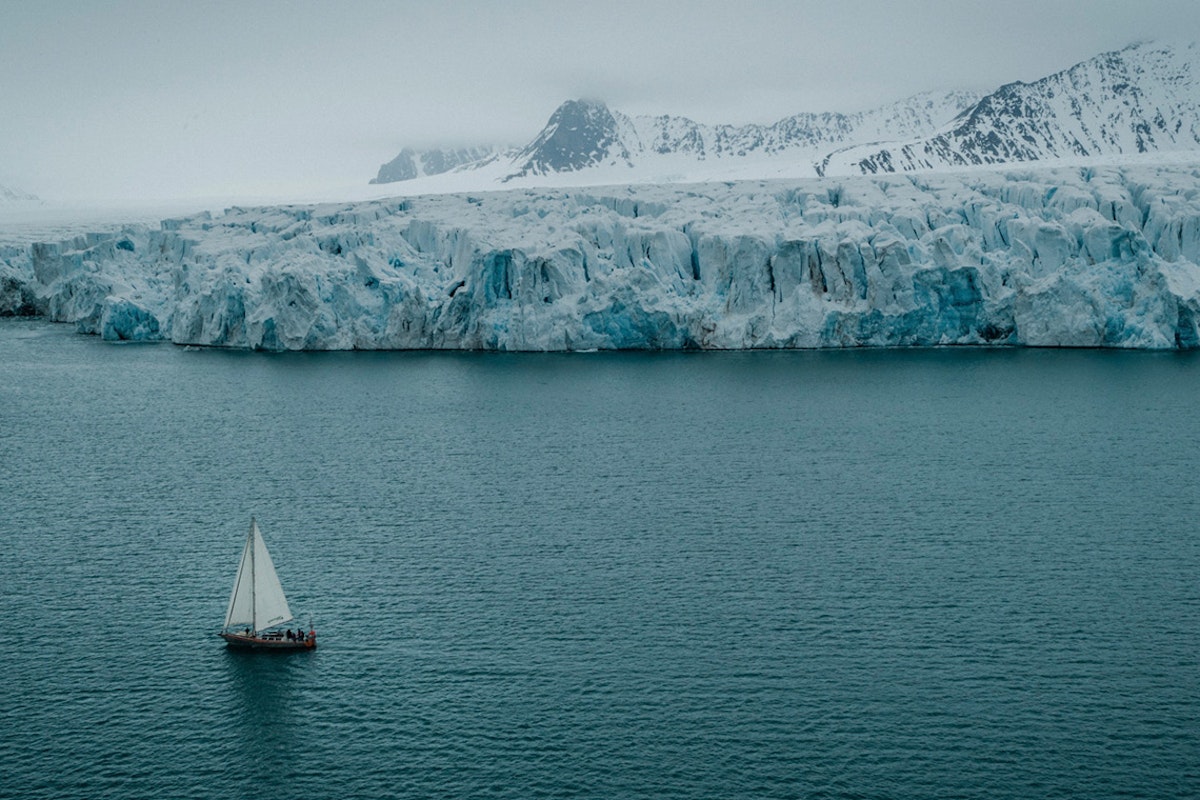
![[GIVEAWAY] Win a Legendary Ski Trip with Icelantic's Road to the Rocks](https://www.datocms-assets.com/163516/1765233064-r2r26_freeskier_leaderboard1.jpg?w=200&h=200&fit=crop)
![[GIVEAWAY] Win a Head-to-Toe Ski Setup from IFSA](https://www.datocms-assets.com/163516/1765920344-ifsa.jpg?w=200&h=200&fit=crop)
![[GIVEAWAY] Win a YoColorado X Coors Banquet Prize Package](https://www.datocms-assets.com/163516/1764877349-long-live-local-cooler-bag2.jpeg?w=200&h=200&fit=crop)
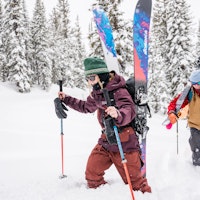
![[GIVEAWAY] Win a Legendary Ski Trip with Icelantic's Road to the Rocks](https://www.datocms-assets.com/163516/1765233064-r2r26_freeskier_leaderboard1.jpg?auto=format&w=400&h=300&fit=crop&crop=faces,entropy)
![[GIVEAWAY] Win a Head-to-Toe Ski Setup from IFSA](https://www.datocms-assets.com/163516/1765920344-ifsa.jpg?auto=format&w=400&h=300&fit=crop&crop=faces,entropy)
